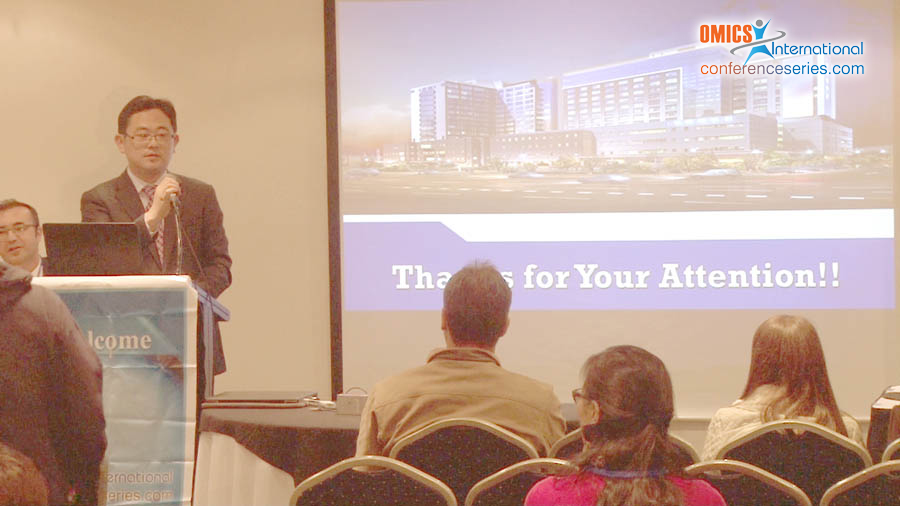
Young Hyo Kim
Inha University College of Medicine, Republic of South Korea
Title: Benzaldehyde suppresses murine allergic asthma and rhinitis
Biography
Biography: Young Hyo Kim
Abstract
To evaluate the antiallergic effects of oral benzaldehyde in a murine model of allergic asthma and rhinitis, we divided 20 female BALB/c mice aged 8–10 weeks into nonallergic (intraperitoneally sensitized and intranasally challenged to normal saline), allergic (intraperitoneally sensitized and intranasally challenged to ovalbumin), and 200- and 400-mg/kg benzaldehyde (allergic but treated) groups. The number of nose-scratching events in 10 min, levels of total and ovalbumin-specific IgE in serum, differential counts of inflammatory cells in bronchoalveolar lavage (BAL) fluid, titers of Th2 cytokines (IL-4, IL-5, IL-13) in BAL fluid, histopathologic findings of lung and nasal tissues, and expressions of proteins involved in apoptosis (Bcl-2, Bax, caspase-3), inflammation (COX-2), antioxidation (extracellular SOD, HO-1), and hypoxia (HIF-1α, VEGF) in lung tissue were evaluated. The treated mice had significantly fewer nose-scratching events, less inflammatory cell infiltration in lung and nasal tissues, and lower HIF-1α and VEGF expressions in lung tissue than the allergic group. The numbers of eosinophils and neutrophils and Th2 cytokine titers in BAL fluid significantly decreased after the treatment (P < 0.05). These results imply that oral benzaldehyde exerts antiallergic effects in murine allergic asthma and rhinitis, possibly through inhibition of HIF-1α and VEGF.

